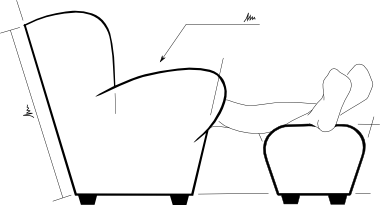Second Lattice Hinge Samples
As part of my first week as the new Technician-in-Residence at DoES Liverpool I’ve found time to photograph the acrylic test samples.
From the earlier posts, this second set of samples is sized to have the minimum possible bend radius for single laser cut to create the torsional links, and has three torsional stress levels; each with a different amount of robustness.
-
36MPa — While this is a low enough stress for normal, gentle handling and can bend to 90 degrees; this is likely to break if mistreated, and does not bend much beyond 90 degrees before breaking.
-
20MPa — Better than the 36MPa sample, this one can easily bend to 90 degrees, but may break if the sample is bent as far as 180 degrees, especially if the sample is cool.
-
10MPa — More robust again, this can bend comfortably to touch both ends of the sample together, but is noticably less stiff than the 20MPa sample.
The minimum internal bend radius for 3mm panels with square cross-section links so the inner links do not bind was shown to be 44mm, so the test samples includes a 44mm radius corner.
[gallery link=”file” ids=”2926,2925,2924,2923”]
The samples have 3 different sized hinges, where the torsional link length varies to affect the maximum stress that those links experience in a 90 degree bend (the design specification). The different lengths also affect the stiffness of the hinge too, so the longest (28mm) sample is much more flexible, and allows the hinge to twist slightly when handled as well as bend, though the lower stress give a much more robust hinge that can deal with rougher handling without breaking. By comparison, the stiffest hinge (8mm links) may break if moved too quickly or at too low a temperature; though it may be suitable for permanent or pre-assembled structures and the reduced length may be an advantage for use in shallow structures.
